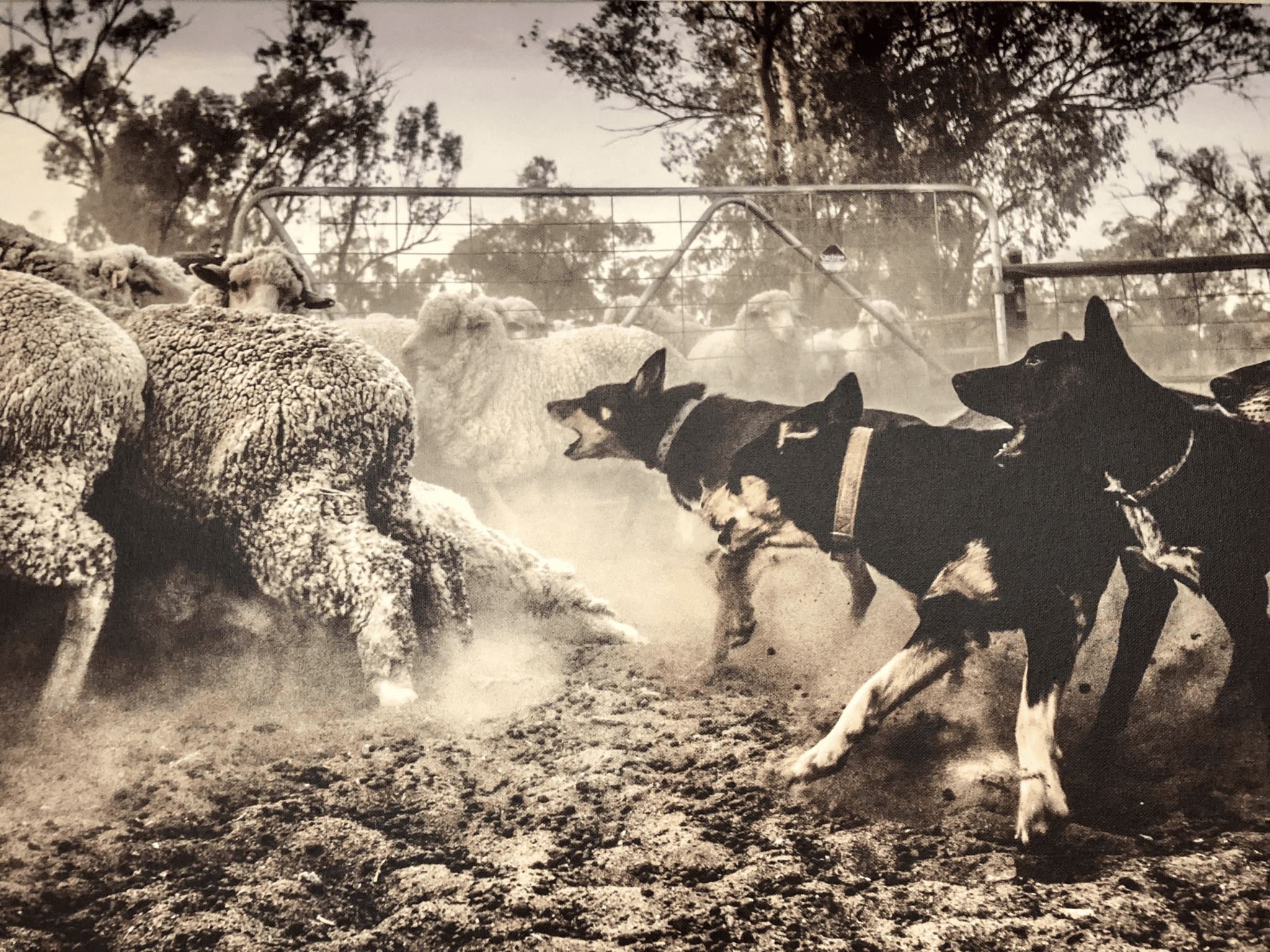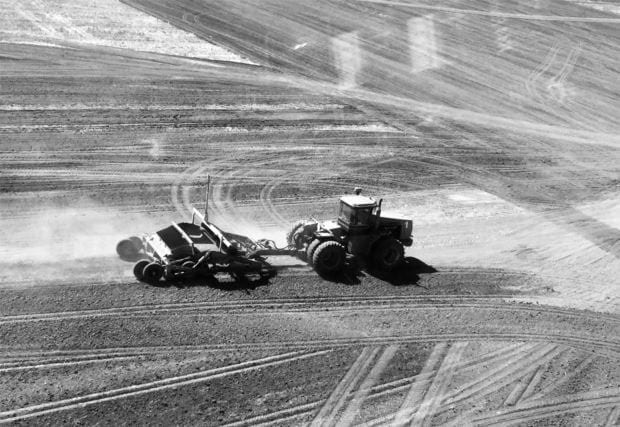
11 Sep Alternative Debt Options for Farmers
For a farming business in its mature consolidation phase, leaning on traditional bank debt is by far the most economic stance. With all up-interest rates ranging from 2.5% to 3.75%, these family operations are not in the market to explore funding optionalities as their enterprise holding pattern is an attractive measure of economic predictability.
Banks too are more sociable towards sleeping balance sheets where the only minor pain point is working through an annual review. Set and forget type farming operators are scalable in a banker’s world where they can stack loans on lean resources to achieve compounding returns and demonstrate advocation to their shareholders.
But as each farming balance sheet is flipped and the new vendor takes ownership, novel farming philosophies are now applied to leverage return on assets and internal rates of return. For the quantum of funds that now change hands during handover given the dramatic rise in farm values, this is more a necessity than a luxury.
Paddocks that were known as the “holding paddock”, “rams’ paddock” or even “David Jones” (where all the broken-down gear is stored) are now scrapped clean and incorporated into new dynamic enterprise systems. Every blade of pasture is grazed and converted into meat (or fibre) and every arable acre into crop. Land transformation and intensification is the natural evolution of agricultural investment.
Farming in 2020 has layered business sophistication that extends well beyond the farm gate operation. Vertical integration, value adding, governance, succession, data capture and management, and direct B to C marketing are all elements that are being seized through specialised advisory networks.

These new and somewhat innovative extensions of the traditional farming model become a far stretch for banks to accommodate. Mainly because a lot of these ventures are considered green field in nature with unproven economics and large capital requirements. Banks are not in the business of venture capital. More so in a period of credit tightening where green or brown field funding applications raise professional risk to the careers of their internal credit professionals.
But specialised lending is in the game to support proven management and governance.
The innovative operators have been putting structures in place to secure more non-traditional lines of capital to “drought proof” their operations and to ensure their relevance as a competitor in the global stage of agriculture remains intact.
Access to these specialised lenders is challenging. There is no established marketplace to submit a request for capital. It is only by strategic design, alliance pathways on a case by case basis do these transactions materialise. The business model must be presentation ready (trading history, financial governance, execution risk management protocols, exit strategy etc). Preparation prior to execution is mandatory. The cost of capital is more flexible but considerably higher. You would expect this correlation as any business moves along the risk curve.
The exit from these lenders is recognition of a successful end game outcome. The business has moved efficaciously from A to B and with execution risk removed, the business most likely reverts to mainstream lending. The altruistic benefit is that 100% of management and equity is maintained via debt procurement as opposed to a carve out of equity allocation.



Sorry, the comment form is closed at this time.